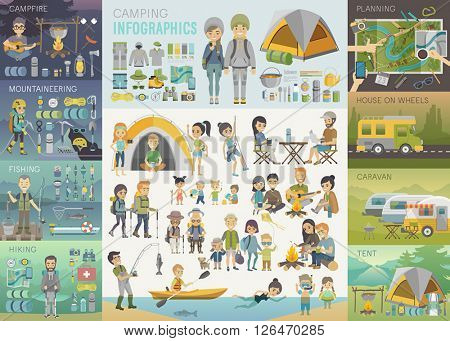While both offer staminas in different atmospheres, it's important to determine which type of insulation will best offer your demands. The insulation you pick impacts warmth, weight, water resistance, compressibility and rate.
Down is gathered from waterfowl, typically ducks or geese. It is treasured for its lightness, very easy compression and protecting residential or commercial properties. Nonetheless, down ends up being much less efficient when damp.
Warmth-to-Weight
A high warmth-to-weight ratio is wanted in outside clothing and equipment. The insulating homes of down feathers make them a terrific option for this function, as they are exceptionally warm and light-weight.
However, down loses its shielding abilities when it splashes, meaning it requires to be coupled with a water resistant covering. Additionally, some individuals dislike down, making synthetic coats a far better choice for them.
Artificial insulations are generally made from recycled polyester and made to mimic down's protecting properties. They are not as lightweight as down, yet they do not lose their protecting capacities when they get wet and dry faster than down. They are additionally much more budget friendly than down. However, their life expectancy is much shorter than down, causing higher maintenance and replacement prices.
Water Resistance
The insulation you pick for your work jacket will make a large distinction in how comfy you feel outdoors. Nevertheless, the type of insulation you choose also has considerable effects for your sustainability objectives.
Down is an excellent insulator for a variety of reasons. It's light-weight, compressible, and provides a good warmth-to-weight proportion. Nonetheless, it doesn't fare well when it gets wet. Down globs up and sheds its loft when wet, which can significantly minimize its ability to catch heat.
Synthetic insulation materials, such as Thinsulate and Primaloft, hold up better versus wet conditions. They typically have a tight weave or chemical covering that maintains water from penetrating the fabric. This enables the insulation to stay breathable, even if wet. It deserves keeping in mind that synthetics can also be awkward when wet, but they maintain their insulating residential properties.
Compressibility
While goose down does have an exceptional warmth-to-weight proportion, artificial insulation carries out in a similar way. However, unlike down which soaks up and loses its protecting capacities when wet, artificial insulation does not. Therefore, it can maintain its loft space and trap cozy air in damp problems.
Typically manufactured from polyester sheets or clusters that imitate down, one of the most typical synthetic insulation brand names consist of PrimaLoft, FullRange, Thermoball and Patagonia's PlumaFill. While it still can not match down's loftiness and warmth-to-weight, artificial coats are lightweight, quick to dry and less expensive than down. This makes artificial coats best for wet atmospheres, or if you're prone to sweating heavily. Synthetic coats are additionally much less delicate than down and can take a beating. This sturdiness reaches their face materials which are generally thicker and more resilient than down.
Resilience
A major consideration in sustainability is a material's long life and toughness. All-natural materials like cork, ThermaCork expanded cork and Havelock woollen last longer than artificial choices like fiberglass and vinyl. They additionally call for less maintenance and can withstand rough ecological conditions.
However, all-natural insulation doesn't perform too when damp as synthetic choices. Woollen and fleece clump together when wet, compromising their capability to trap heat. gift bag Synthetic insulation, on the other hand, does not absorb dampness and continues to insulate also when soaked.
This makes synthetic insulation perfect for wet environments and laborious activities where you could sweat greatly. It's also less complicated to clean and dries faster than down. This included sturdiness and reliability make artificial insulation an overall victor in this classification. This translates to sturdy protected job boots that last long and keep you heat through requiring atmospheres.
Sustainability
Natural products offer biodegradability and a smaller sized ecological footprint, while synthetic alternatives brag toughness and cutting-edge applications that support power effectiveness. However, it is necessary to comprehend truth environmental influence of these insulation materials from cradle-to-grave.
For example, if an all-natural insulation material needs to travel a cross country from its source to the structure site, transportation-related exhausts enhance its total carbon impact. Choosing locally sourced and reused products reduces that influence. And, opting for GREENGUARD and Cradle to Cradle qualifications ensures that insulation is devoid of volatile natural substances (VOCs) and supports liable sourcing and labor conditions.
Sheep's woollen and cork are renewable insulation resources that are collected without hurting the tree or plant. Both have actually the added advantage of being normally resistant to mold, insects and dampness.
